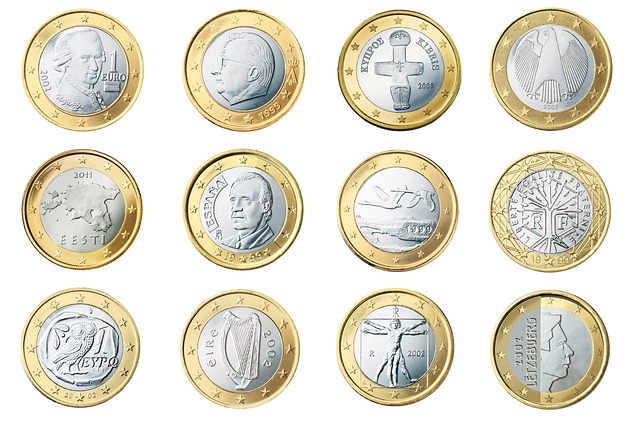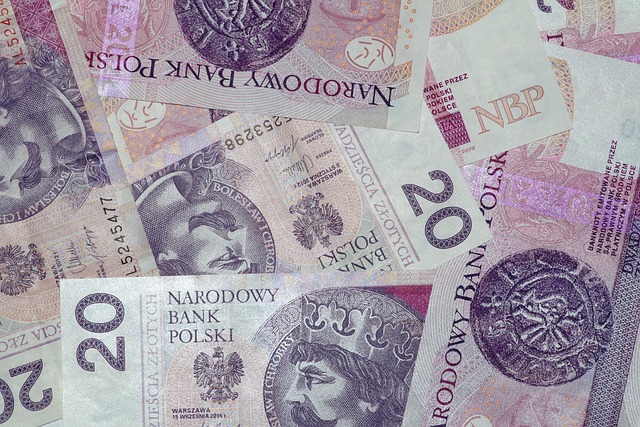The Norwegian Way: Building a Resilient Investment Portfolio
In a world marked by economic uncertainty and rapid changes in market conditions, building a resilient investment portfolio is a priority for many investors. Norway, a country known for its stunning landscapes, strong economy, and comprehensive welfare system, also masters the art of prudent investing. This article explores the principles behind the Norwegian way of building a resilient investment portfolio, revealing strategies that can serve as a roadmap for both novice and experienced investors alike.
The Norwegian Economic Landscape
Norway’s economic structure is uniquely designed to withstand global fluctuations. The country boasts a well-managed sovereign wealth fund, known as the Government Pension Fund Global (GPFG), which is one of the largest investment funds in the world. This fund, primarily fed by the country’s oil revenues, operates under strict ethical guidelines and diversifies investments across various asset classes globally.
Despite its reliance on oil, Norway has diversified its economy into sectors such as shipping, fishing, and sustainable energy. This diversification has been essential in constructing a resilient economic environment that is less susceptible to the volatility of single commodity prices, an approach that investors can learn from when building their portfolios.
Understanding Resilience in Investment
Resilience in an investment portfolio does not merely mean survival during downturns; it involves the capacity to not only withstand but also thrive amid market changes. Key facets of a resilient portfolio include diversification, risk management, long-term planning, and ethical investing. In the context of the Norwegian approach, these principles can be deeply integrated into one’s investment strategy.
Diversification: The Cornerstone of Stability
Diversification is a crucial strategy that prevents over-concentration in any single asset or asset class. The Norwegian investment approach exemplifies this as it distributes investments across geographical regions, industries, and asset types. For instance, the GPFG allocates its investments across stocks, fixed income, real estate, and infrastructure, spreading risk and enhancing the potential for returns.
In the personal investment sphere, individuals can learn from this by ensuring that their portfolios include a variety of asset classes, such as:
- Stocks from different sectors
- Bonds with varying maturity dates and credit qualities
- Real estate investments
- Commodities and alternative assets
This way, when one sector faces difficulties, the impact on the portfolio as a whole is minimized, allowing for a more stable investment experience.
Prudent Risk Management
Effective risk management is a guiding principle in Norwegian investment strategies. Investors must understand their risk tolerance and adjust their portfolios accordingly. Norway’s state-backed strategies incorporate various tools to manage risks, including stress testing and scenario analysis, to examine how portfolios would perform under different economic conditions.
Investors can adopt these principles by regularly reviewing their asset allocations and employing risk management tools such as stop-loss orders to limit potential losses. By conducting comprehensive risk assessments regularly, investors can adjust their holdings based on changing market dynamics while ensuring adherence to their investment goals and risk appetite.
Long-term Planning and Patience
Norwegian investors, particularly those linked to the GPFG, adopt a long-term perspective. In an investment landscape often dominated by the whims of short-term market trends, patience plays a critical role in achieving sustained growth. This approach implies a commitment to holding quality investments over extended periods, thereby capitalizing on compounding returns.
This long-term planning encourages investors to ignore daily market noises that might induce panic and lead to hasty decisions. Instead, individuals should focus on maintaining a disciplined investment strategy that aligns with their long-term financial goals. This might include contributing regularly to retirement accounts or dollar-cost averaging into investments, preserving capital until the timing is right to allocate further funds.
Ethical and Sustainable Investing
Norway is a frontrunner in ethical investing, driven by a commitment to sustainability and corporate governance. The GPFG excludes investments in companies that violate human rights, contribute to environmental degradation, or have poor labor practices. This ethical lens not only serves social purposes but also aligns with the growing trend of responsible investing, which is increasingly appealing to modern investors.
By integrating Environmental, Social, and Governance (ESG) criteria into investment decisions, individuals can build portfolios that not only seek financial returns but also contribute positively to society and the planet. This approach can enhance a portfolio’s resilience in the long run, as companies committed to sustainable practices are often better positioned to thrive amid regulatory changes and shifting consumer preferences.
Rebalancing and Maintaining Portfolio Health
To keep an investment portfolio in resilient condition, regular rebalancing is key. Over time, certain investments may outperform others, leading to a deviation from the intended asset allocation. Rebalancing ensures that the portfolio remains aligned with the investor’s risk profile and objectives
This process involves selling off some of the assets that have increased in value and using the proceeds to purchase underperforming or less valuable investments. This disciplined approach is in line with the Norwegian strategy of maintaining a consistent investment strategy despite market fluctuations.
Conclusion
The art of building a resilient investment portfolio draws heavily from the principles exemplified by Norway’s economic framework and investment strategies. By adopting a diversified approach, implementing prudent risk management practices, committing to long-term planning, embracing ethical investing, and maintaining healthy portfolio rebalancing, investors can develop robust portfolios prepared to withstand the rigor of market fluctuations.
As the investment landscape continues to evolve, individuals who take inspiration from the Norwegian way will not only enhance their chances of achieving financial security but also contribute positively to a more sustainable world. For both new and seasoned investors, the lessons from Norway serve as a guiding light, illuminating the path towards prudent and resilient investment.










